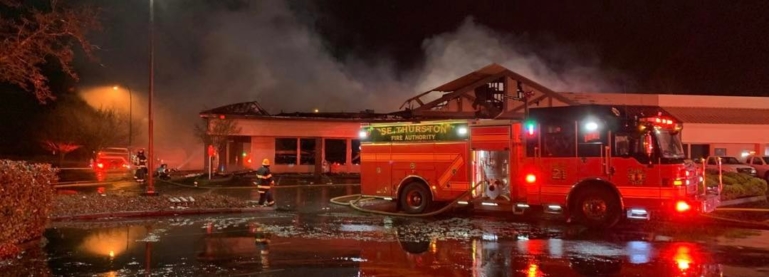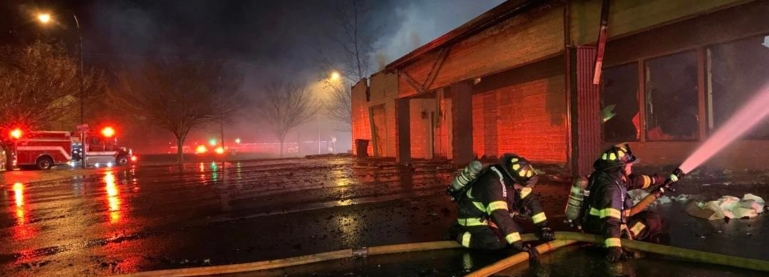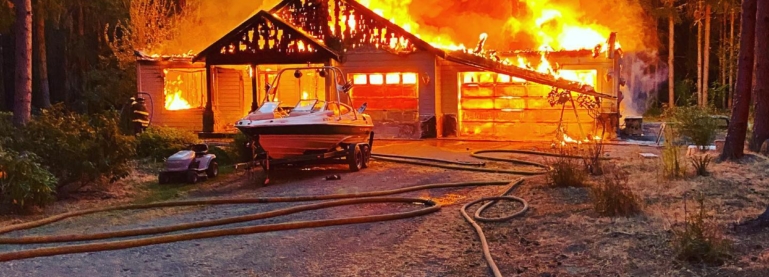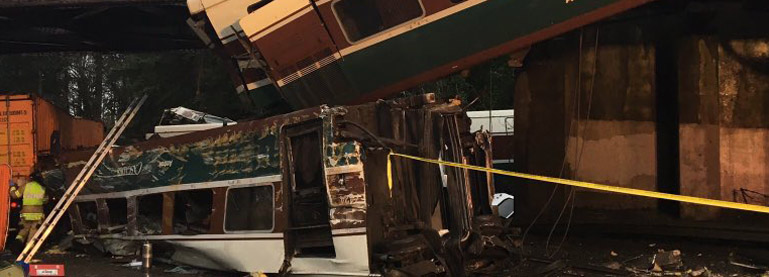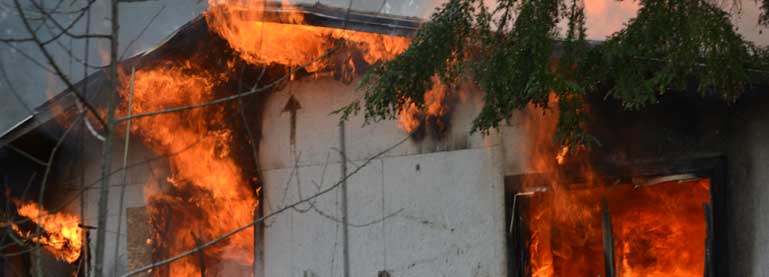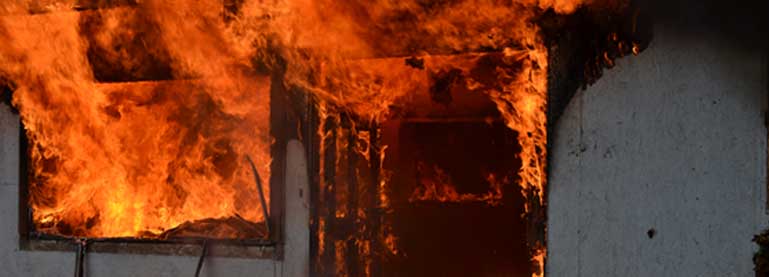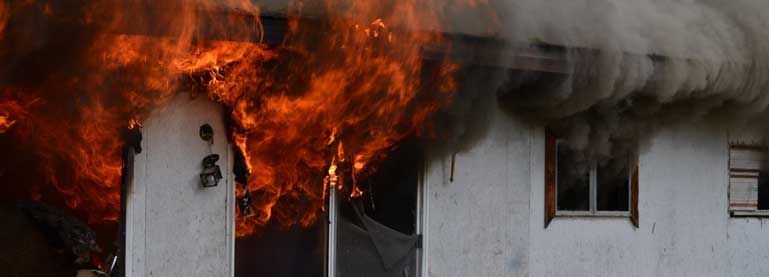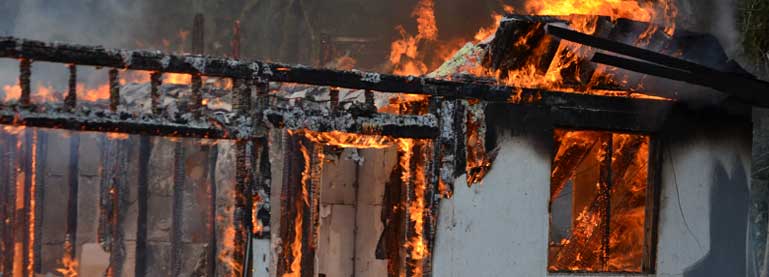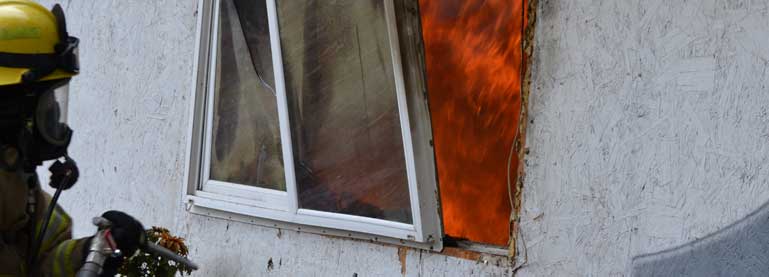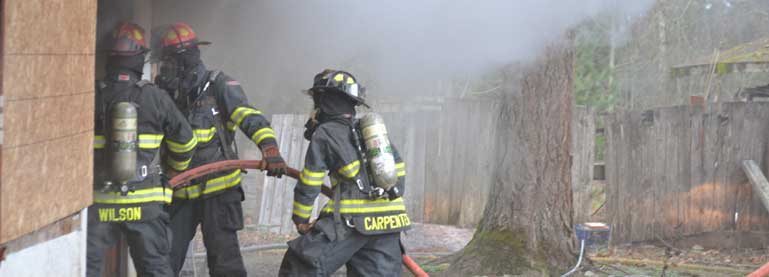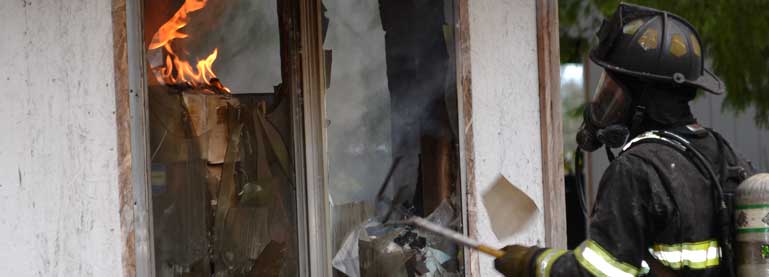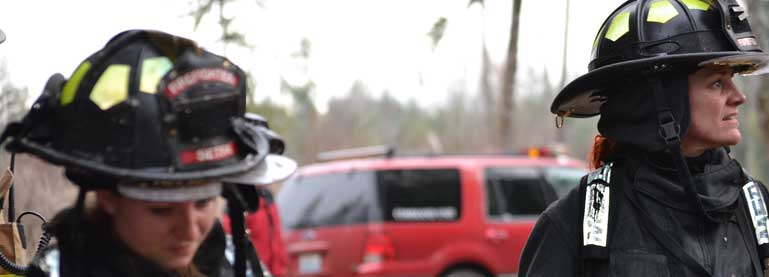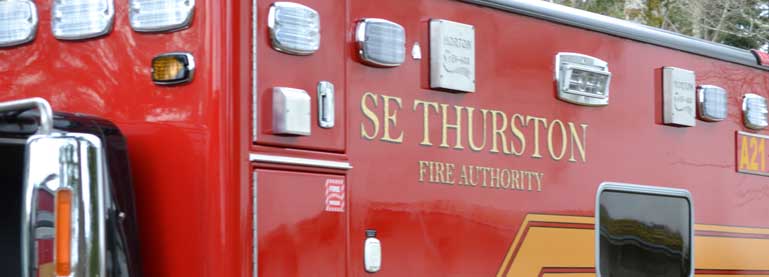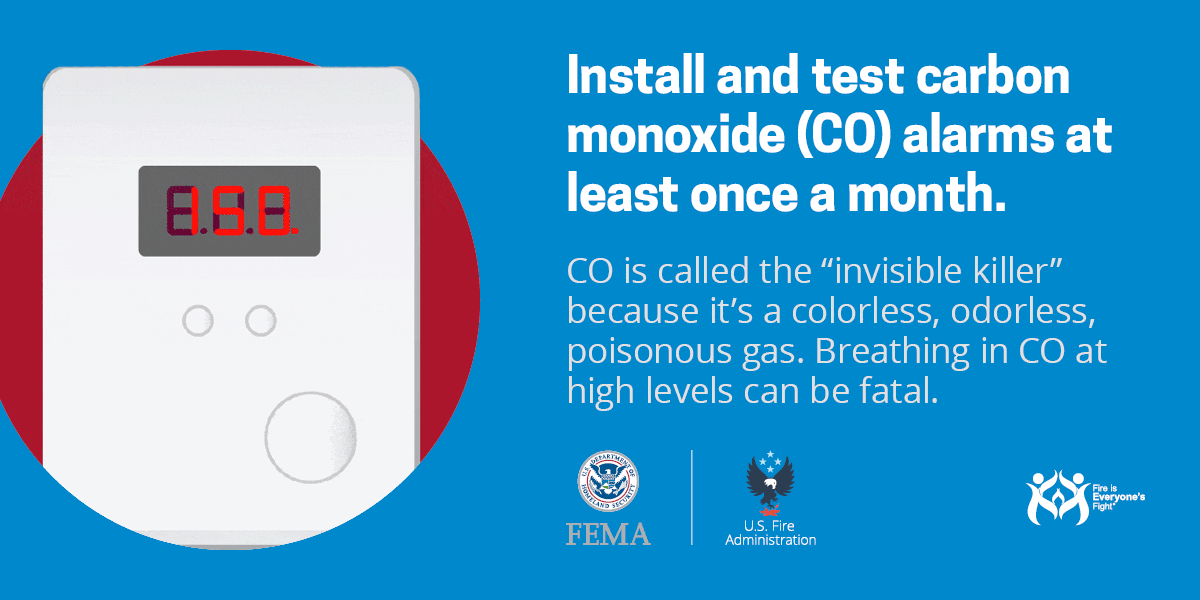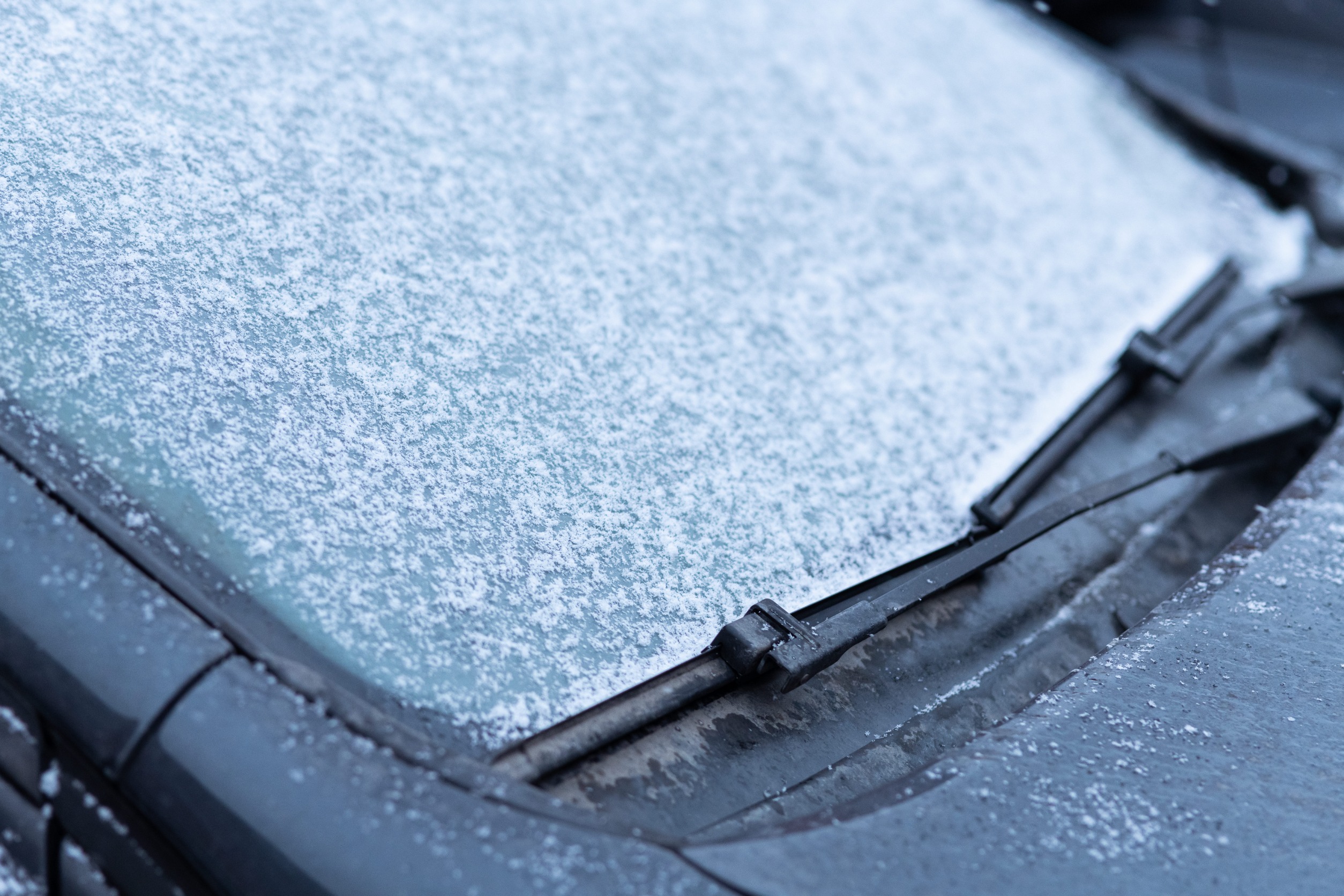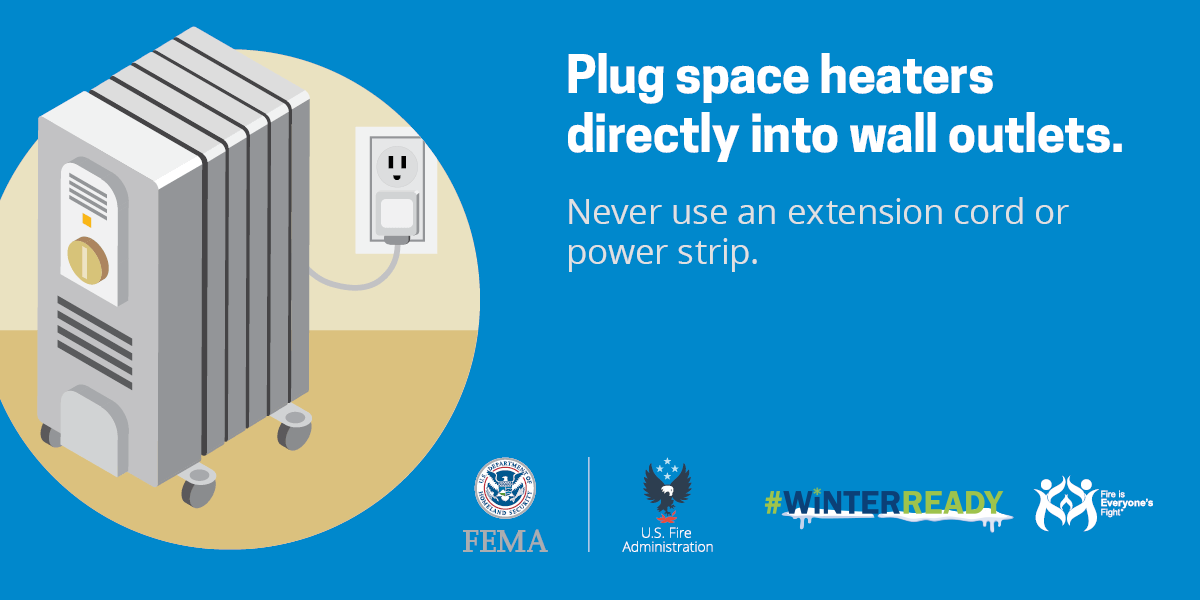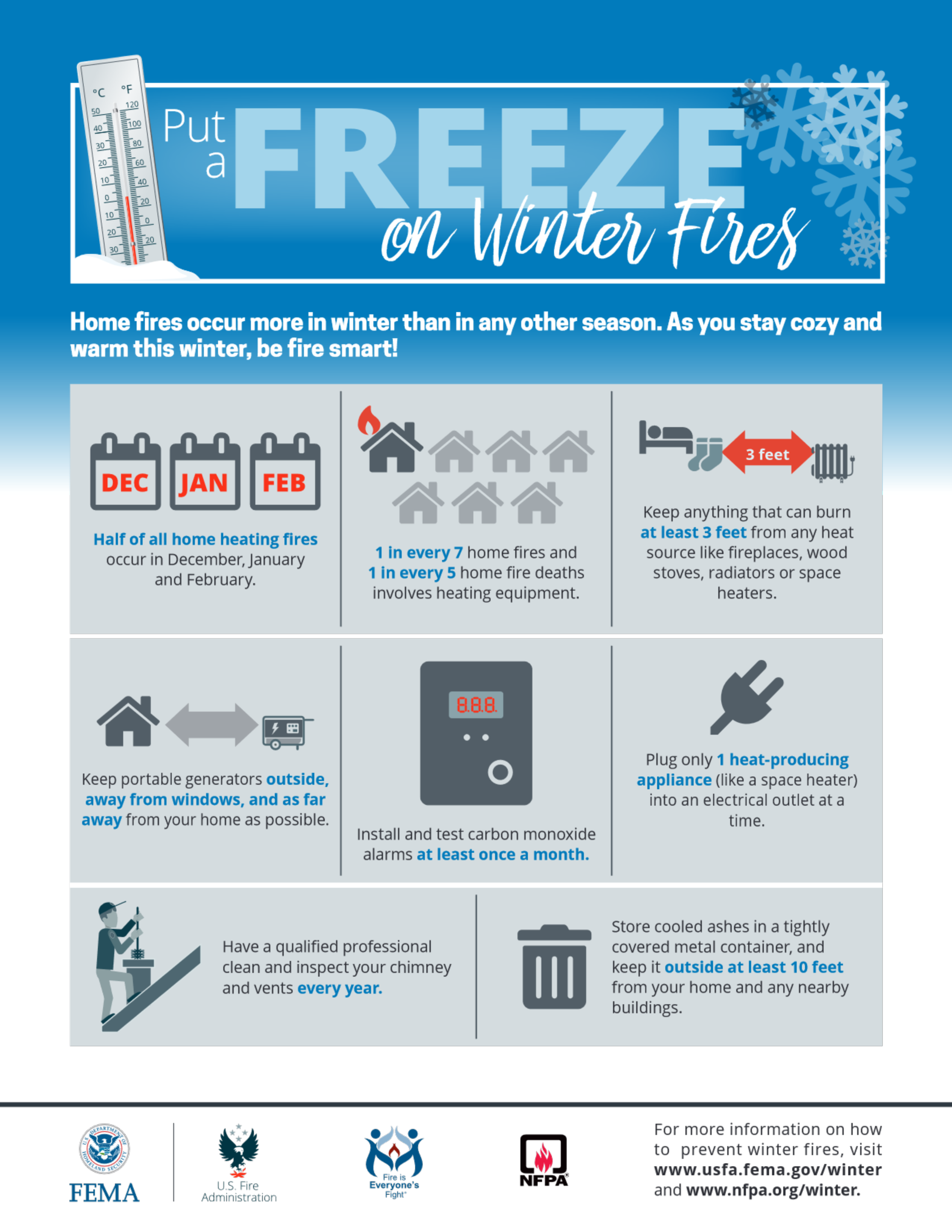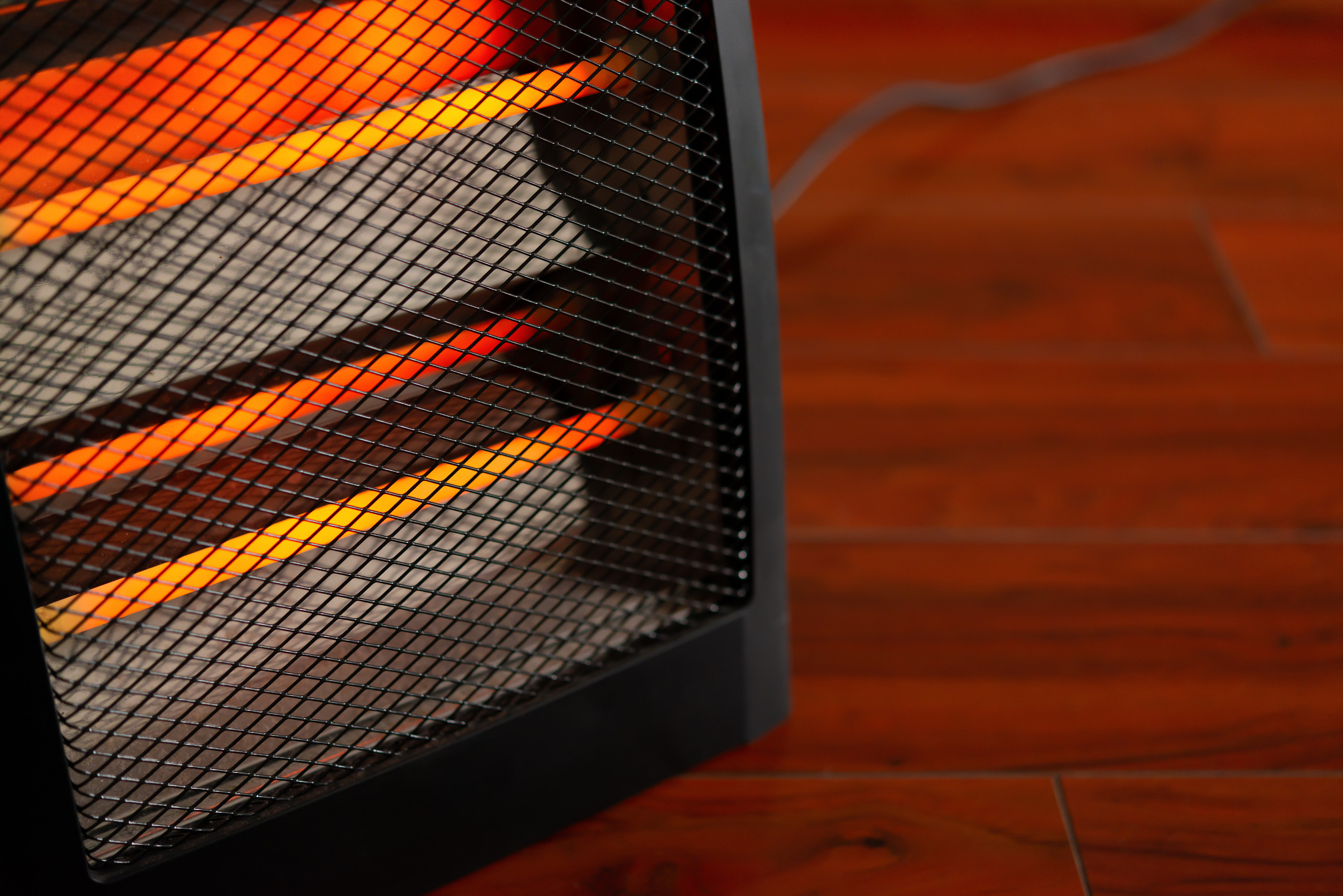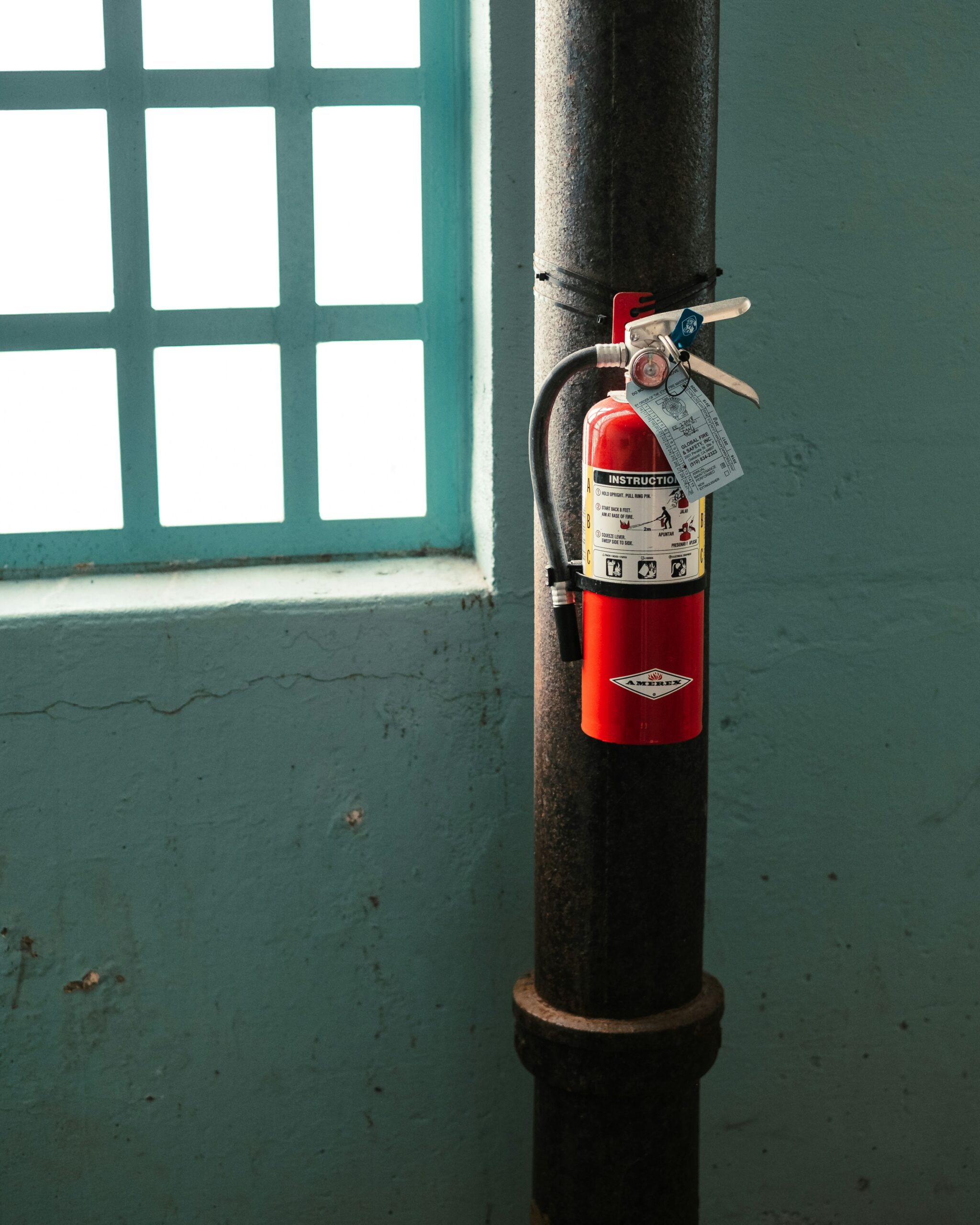
While it is common knowledge that every home and building should have fire extinguishers on hand, it’s reported that only a fraction of business or homeowners know how many they need and where they should be placed.
How many fire extinguishers do you need, and where should they be placed?
While the requirements for homeowners are more loose than business owners, it is still recommended that you follow these guides. Fire extinguishers vary in type based on the assumed fire risk, mainly by the material which could cause the fire, such as wood, oil, etc. In general, a fire extinguisher should be within 50-75 feet of any given place in the home, and that extinguisher should be rated for the fire source materials that are present. (You can read our article about the different types of fire extinguishers by clicking here!) With this in mind, the square footage and floor plan of your home or building plays a big role in determining how many extinguishers you need.
For a home, do a walk through and identify any areas that are at risk of fire, and find a spot nearby where you can mount a fire extinguisher, preferably in an area that is not isolated and can be safely accessed from many directions in case of a fire. Do this for each area of your home, making sure you mark a space for a fire extinguisher wherever one may be needed. Also, if an area of your home is isolated, it should have a fire extinguisher present, even if the risk of fire is low. Once you’ve marked all of these locations, that is the number of fire extinguishers you should get and keep on hand.
For a building, especially one in which a business operates, there are more requirements to ensure the safety of everybody inside. A properly rated fire extinguisher needs to be no more than 50-75 feet away from any given location, depending on the type of extinguisher needed. In areas with the risk of kitchen fires, type K fire extinguishers should be present at all cook sites and no more than 30 feet away. (These requirements may vary based on local regulations.) In areas that are harder to navigate, or in isolated/closed off areas, additional fire extinguishers are recommended. Remember, you should never have to run into a fire to grab an extinguisher. Keeping an extinguisher near your building’s exits can allow you to grab it in an emergency while still having a safe exit in case the fire can’t be controlled.
While fire extinguishers can help you stop fires before they become too large, never stick around to try and fight a fire that can’t be controlled. Fire extinguishers are useful for small fires, but if a fire has grown too large, or has possibly spread to areas you can’t access, your best bet is to get out of the area and call 911.

